 Your new post is loading...
 Your new post is loading...

|
Scooped by
Steve Whitmore
May 6, 2022 12:11 PM
|
Table of Contents What are the 4 major types of assessments used for social emotional learning? Measuring student social and emotional competencies can be done through questionnaires, observations, performance assessments, reports, and interviews and focus groups as detailed in the “Methods SEL...

|
Scooped by
Steve Whitmore
January 4, 2021 8:09 AM
|
View examples and learn more about rubrics and alternative assessments in our online courses, online certificates, and graduate degree.

|
Scooped by
Steve Whitmore
October 5, 2020 8:52 AM
|
This document was jointly developed by the Assessment Work Group (AWG) and researchers from the RAND Corporation’s Assessment Finder project. Its purpose is to provide school and district leaders and implementation teams with guidance on how to choose and use social and emotional learning (SEL) competency assessments. It discusses the benefits and challenges of measuring SEL competencies, what to consider when choosing an SEL competency assessment, and guidance for using SEL competency data in practice.

|
Scooped by
Steve Whitmore
November 4, 2019 7:48 AM
|
To be responsive at SSWN to the comments from our readers, we will be sharing free, brief, accessible assessments for many issues school social workers encounter in their schools. We are starting with 21 assessments for a range of potential intervention targets, such as students’ perceptions of their school experiences, depression, social support, stress, and risky behaviors.

|
Scooped by
Steve Whitmore
February 1, 2019 9:32 AM
|
School social workers are busy people. Finding good research takes time. We want to help. Starting in February, we will post Research Briefs (RBs) and other articles related to the benefit of collecting and using data in school mental health. This RB was completed by school social workers like you, taking research they’ve found …

|
Scooped by
Steve Whitmore
May 3, 2018 9:02 AM
|
The SCII provides you with a brief profile of your student of concern in five sociocultural areas: acculturation, cognitive learning style, culture & language, experiential background, and sociolinguistic development. This needs based checklist addresses the standard exclusionary clause for referrals. That is, if you can show that the student's home background, socioeconomic status, past education experiences, are the primary cause of the child's learning and behavior problems, if you can account for all of his or her problems by evidence of these factors and not something else, then the referral should be to other services, not special education.
It is possible for a student to have all of these sociocultural factors and have some innate, organic, significant disability as well. Showing high need in these five factors does not automatically exclude referral, but you have to account for them as contributing factors. Whether or not the student has a disability of some sort, documentation of the sociocultural profile is necessary for planning intervention, program decision-making, and establishing your foundation and rationale for a referral to further evaluation.
The SCII assists you in identifying and prioritizing student needs. The SCII provides a useful piece of supplemental assessment information when students from diverse cultural and linguistic backgrounds enroll in your school district. It should be part of the screening routinely done to make instructional decisions during the 'prereferral’ or instructional intervention period, instructional intervention process or for 'prevention/intervention' instructional activities. You can use it to plan the selection of specific intensive learning and behavior interventions within RTI for culturally/linguistically diverse students rather than referring them to a full, individualized evaluation and staffi

|
Scooped by
Steve Whitmore
May 1, 2018 11:36 AM
|
The second edition of the Resiliency Checklist (RCII) is a screening tool for educators in American and Canadian public schools to identify and profile resiliency factors in learners from a culturally or linguistically diverse background. The RCII profiles five specific strength or resiliency areas: acculturation, cognitive learning style, culture & language, experience background, and sociolinguistic development.
The Resiliency Checklist is primarily designed for use in classrooms with a strength-based approach or in educational programs that use strength-based instructional planning or prevention program models.1 We also recommend that you use the RCII as part of early childhood needs identification procedures and as part of the initial information gathering and instructional planning stages that should occur for all newcomers to a school system. You use the RCII to generate a prioritized list of strength areas for facilitating instruction for diverse learners. You or teams of education personnel who are familiar with the student’s background and classroom behavior score the RCII.

|
Scooped by
Steve Whitmore
January 17, 2017 9:08 PM
|
In the Genogram Casebook, Monica McGoldrick shows you how and why you want to construct genograms for your clients.

|
Scooped by
Steve Whitmore
January 5, 2016 10:05 AM
|
Individual Student Data Collection Forms Purpose of student data collection tools To provide a an efficient data collection system that gives educators a method for evaluating student performance at the individual level by providing: immediate feedback, embedded graphing, and embedded analysis.To evaluate the impact of START’s training and resources at the student level on three specific target behaviors: Independence, Engagement, and Social Interaction

|
Scooped by
Steve Whitmore
December 4, 2015 2:00 PM
|

|
Scooped by
Steve Whitmore
August 14, 2015 8:40 AM
|

|
Scooped by
Steve Whitmore
February 12, 2015 10:31 AM
|
Even though research has shown the effectiveness of using progress monitoring for decades, educators are still hesitant to adopt the process. We know that dealing with behavior can be intimidating,...

|
Scooped by
Steve Whitmore
January 26, 2015 8:43 AM
|
A couple of days ago I received an email from a reader who was looking for a good app to use to create digital portfolios of students' physical works like paintings, sculptures, or handwritten work. I had just reviewed Seesaw so that was my first recommendation. There are other good tools for creating digital portfolios of students' physical works.
|

|
Scooped by
Steve Whitmore
May 4, 2021 8:47 AM
|
Let’s talk about a frequently asked question that we hear: How do you assess Interoception? That is a great question, and one that is widely debated right now in the interoception field. Researchers are really working hard to figure this out. There’s not a general agreement or consensus right now. What we do kno

|
Scooped by
Steve Whitmore
November 30, 2020 10:01 AM
|
If you have worked with a BCBA in the past, it is likely that you have heard the term FUNCTIONS OF BEHAVIOR. BCBAs look at function to determine WHY

|
Scooped by
Steve Whitmore
August 31, 2020 8:07 AM
|
Every child has strengths. It should be common practice to conduct a strengths inventory on every student in your school. While there are several inventories on the market that help assess strengths, you may also choose to do your own inventory on your own or with colleagues. Here is a simple strengths inventory that is not only easy to use, but extremely informative. Information provided from a strengths inventory can help with student regulation, inform behavior plans, and drive intervention strategies.

|
Rescooped by
Steve Whitmore
from Things and Stuff
July 3, 2019 11:04 AM
|
The Assessment Guide provides several resources for leaders and implementation teams in PreK-12th grade settings who are making decisions about selecting and using measures of student SEL. This includes guidance on how to select an assessment and use student SEL competency data, a catalog from which to select assessments, equipped with filters and bookmarking, and real-world accounts of how practitioners are using these data. Upcoming features include a platform to nominate measures for inclusion and a user forum for practitioners to ask questions and share their experiences.

|
Scooped by
Steve Whitmore
July 23, 2018 2:28 PM
|
Behavior Doctor Seminars offers tools for behavioral support for your school.

|
Scooped by
Steve Whitmore
May 3, 2018 8:39 AM
|
Using the AQS III will help school personnel better meet the needs of diverse students. Although acculturation is a natural process of adaptation to a new cultural and social environment, there are various side effects to the process that can be stressful for the adapting student, sometimes called “culture shock.” Culture shock is a confounding factor for students learning English as an additional language or learning Standard English within an academic environment. Culture shock is also a factor in the school achievement of students from marginalized communities. Since students acculturate to new environments at different rates it is often difficult to tell who is still experiencing culture shock and who is not. The AQS III measures the level and rate of acculturation and leads directly to strategies to address culture shock. The AQS III aids in providing appropriate assistance to the student and preventing inaccurate or inappropriate placement or referral to special services. Students who are in the process of adapting to a new culture and social environment may behave in a manner that is similar to students with a learning or behavior disability or other inhibiting factor. The AQS III can be used to monitor the rate of acculturation for your diverse students. Students from diverse cultural and linguistic backgrounds will vary in their rate and level of acculturation to public school culture, but all are affected by various factors. Most diverse students will acculturate gradually over several years and at a steady rate relative to length of time, type and amount of instruction, level of assistance with transition, and other factors measured on the AQS III. Those who do not show change year-to-year may have some unidentified difficulty or be having some other destabilizing stressful experience. These difficulties may be addressed through various strategies within the instructional program. The AQS III helps highlight and identify difficulties that may be addressed by readiness, prevention or instructional intervention approaches. The AQS III can be used as part of any screening and progress monitoring process used in problem solving, such as response to intervention (RTI) or response to instruction and intervention (RTII) programs.

|
Scooped by
Steve Whitmore
March 2, 2018 9:25 AM
|
This compendium, published by the University of Illinois-Chicago and CASEL, describes the tools to assess the social and emotional learning of preschool and elementary school students (i.e., five‐ to ten‐year‐olds), along with aspects of the contexts in which they learn and their learning behaviors.

|
Scooped by
Steve Whitmore
November 10, 2016 8:13 AM
|
9 1 4 43 1 POST UPDATED 11/8/2016 Is this student appropriate for group? How significant are the student’s presenting issues? Are my interventions making a difference? Being able to objectively justify our choice of interventions and quantitatively demonstrate their effectiveness is becoming increasingly dire as resources available to schools are constantly being stretched. In …

|
Scooped by
Steve Whitmore
January 5, 2016 8:33 AM
|

|
Scooped by
Steve Whitmore
September 14, 2015 9:50 AM
|

|
Scooped by
Steve Whitmore
March 9, 2015 7:56 AM
|
Assessments are a part of social work intervention. Why do we need technology assessments? Never in our history has information and social connection been so available to teenagers.

|
Scooped by
Steve Whitmore
February 12, 2015 10:28 AM
|
Accurate and timely reporting of progress for students with Individual Education Plans (IEP) or Behavioral Intervention Plans (BIP) is not only required, it’s important to help these students achie...
|

 Your new post is loading...
Your new post is loading...
 Your new post is loading...
Your new post is loading...








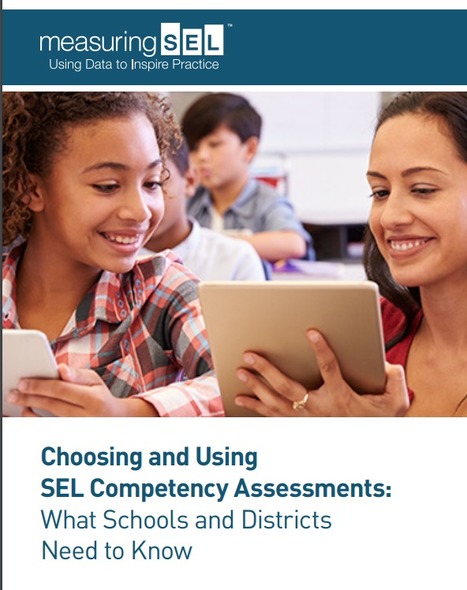

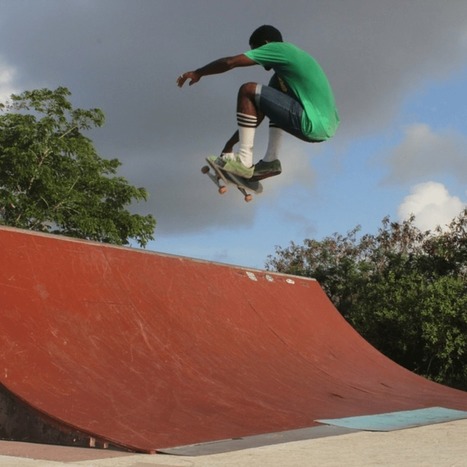
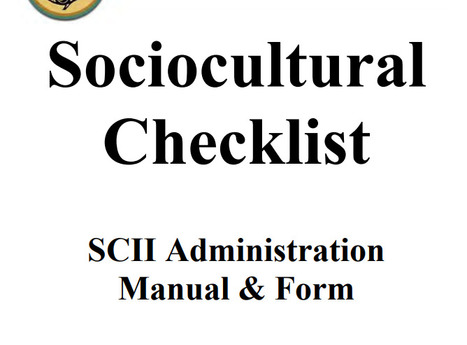
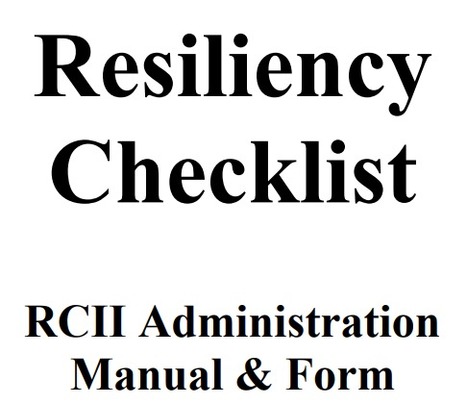

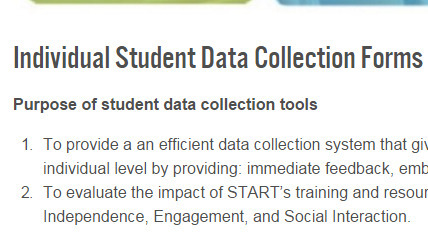
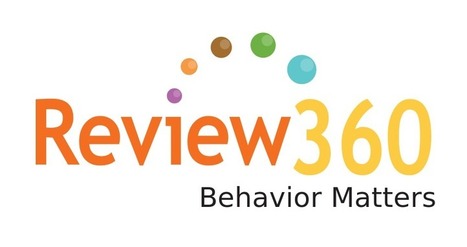




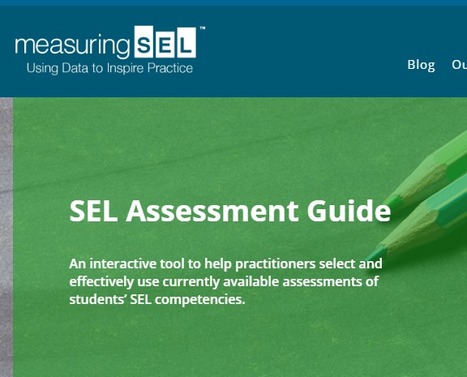
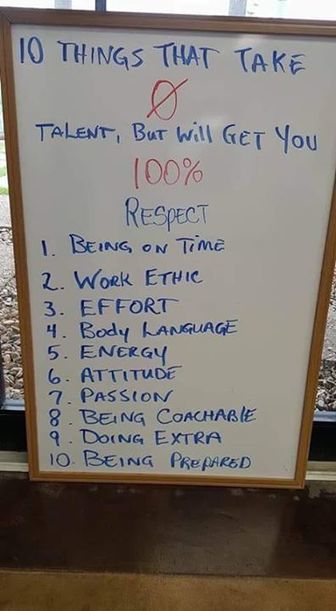
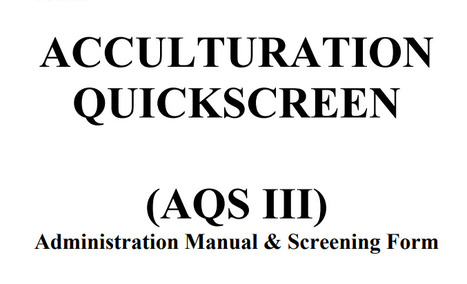

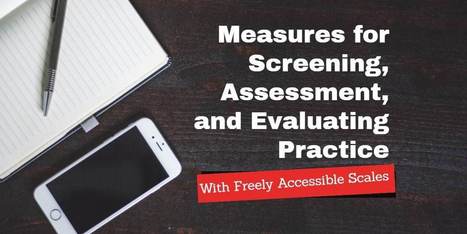

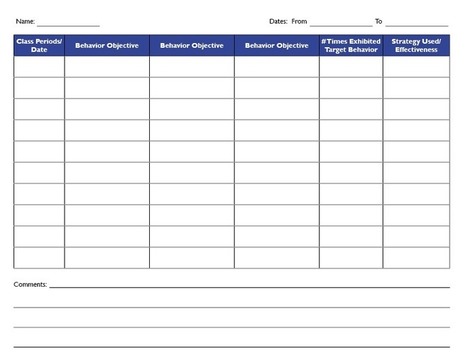





Nice document which breaks down Progress Monitoring for early childhood. Keep in mind that it appears to be sponsored by a technology company.